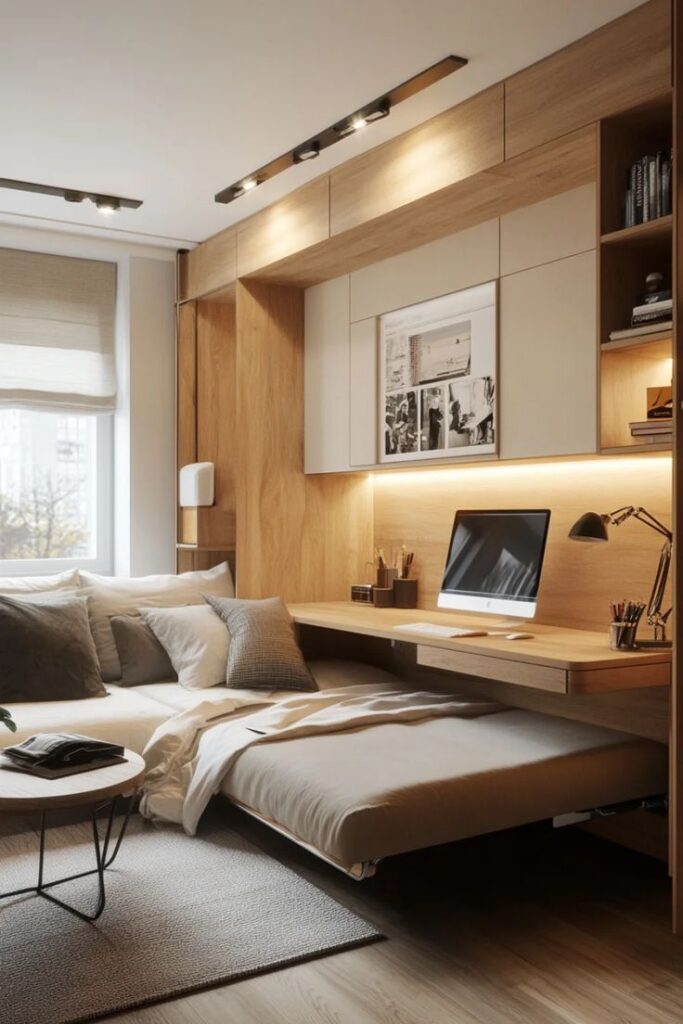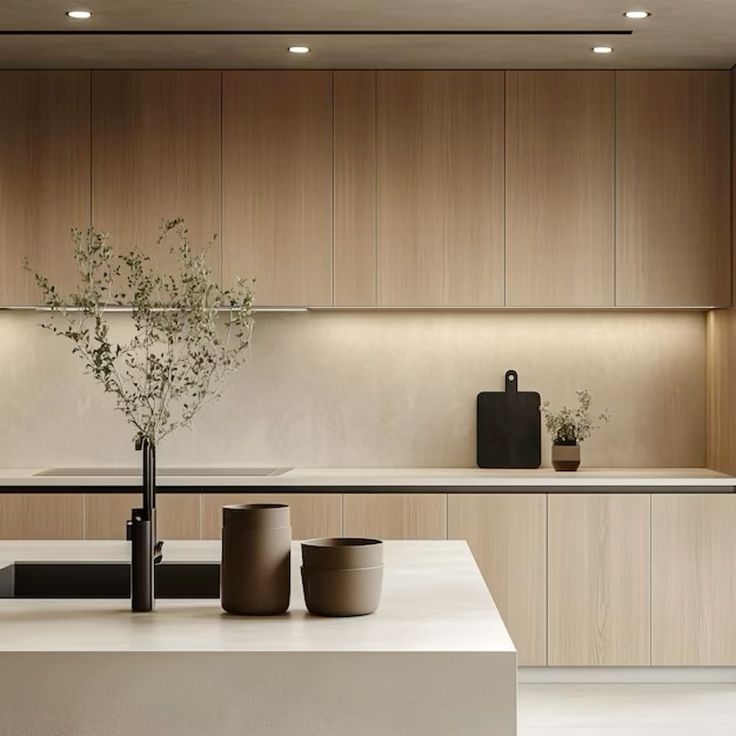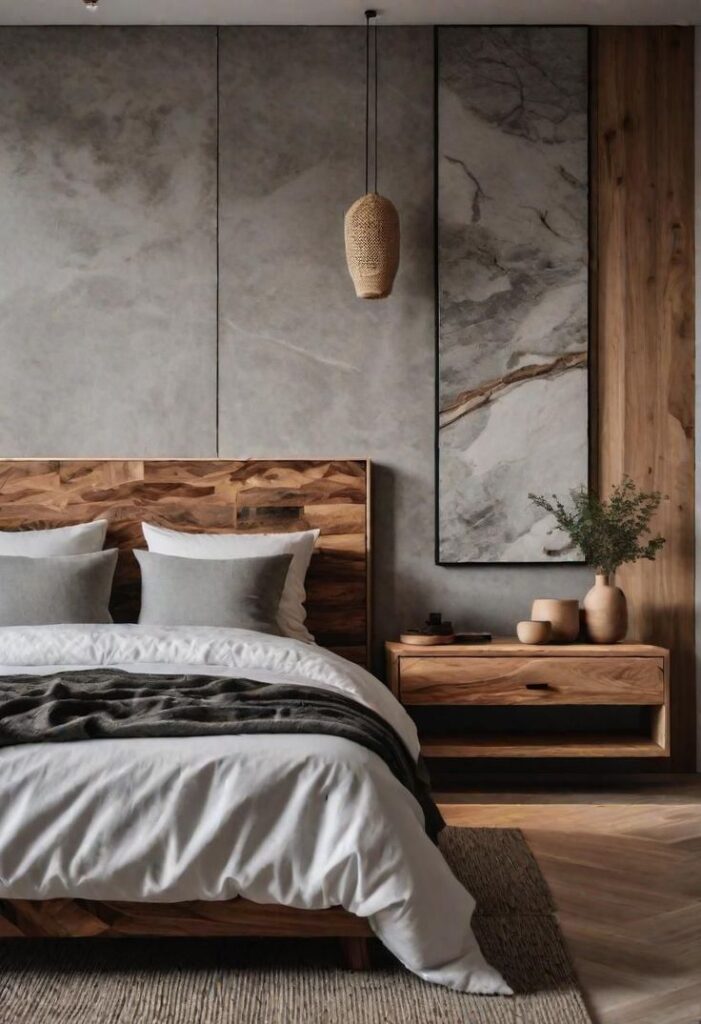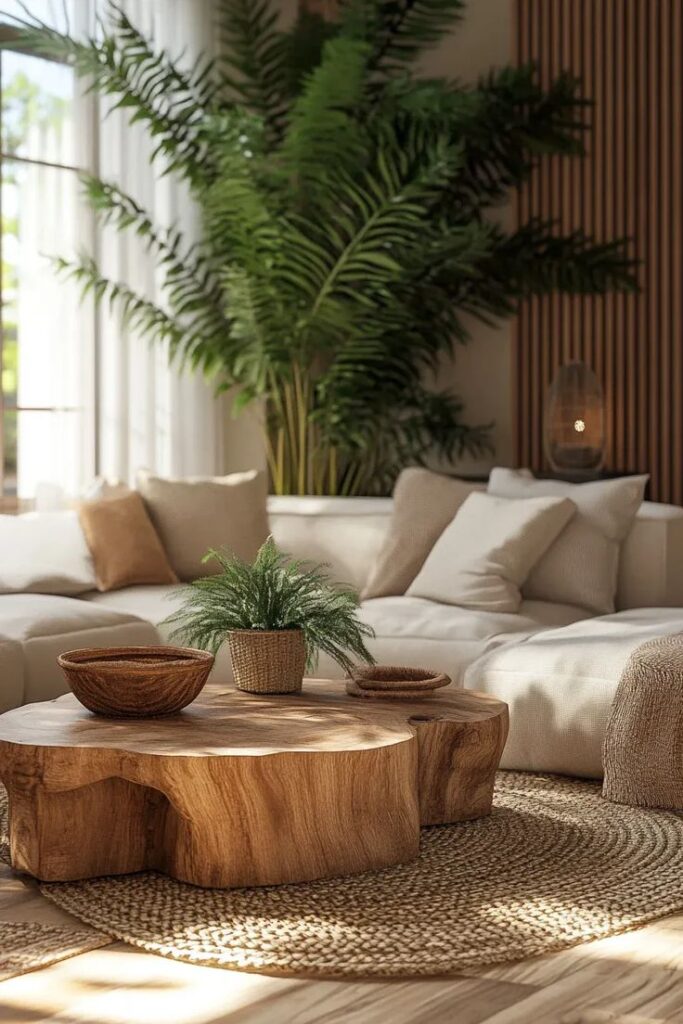

Creating a haven out of your home can significantly enhance your quality of life. Whether through maintaining the optimal temperature or employing smart home technology, there are numerous strategies for making your home both comfortable and efficient. These professionals provide installation, maintenance, and guidance on the most energy-efficient options.
You can make simple yet impactful changes if you aim to transform your living space into an efficient, cozy retreat. Maintaining the ideal home temperature through strategic upgrades can enhance comfort without breaking the bank. Homeowners often overlook how micro-adjustments, such as sealing windows and doors, can prevent unwanted drafts, thereby maintaining a balanced indoor climate effortlessly and cost-effectively.
Creating an Ideal Home Temperature
Achieving the perfect home temperature is about balance. A consistent, comfortable temperature makes your home welcoming and reduces energy use. Installing a smart thermostat offers the dual benefit of comfort and energy savings. An essential step in this journey is choosing the right services and equipment, such as those provided by an HVAC company Sacramento, to meet your heating and cooling needs. These devices are tailored to learn and adapt to your schedule, automatically regulating temperatures to your liking. According to Consumer Reports, specific models boast features like remote access, enabling users to adjust settings via mobile apps.
Maximizing Natural Light

Natural light can transform a living space, boosting both aesthetics and efficiency. Increasing sunlight reduces the need for artificial lighting, thus lowering energy bills. It’s not just about the aesthetic appeal; numerous studies have shown that adequate natural light increases productivity and improves mood. Consider the placement of windows and use mirrors to reflect light into darker areas of your home. Strategically placed light-colored walls and ceilings can further enhance the effect of natural light, providing a brighter, cleaner look to any space.
Insulation and Its Impact
Insulation is a strong partner in your pursuit of an energy-efficient house. It is a barrier to heat transfer, ensuring your house remains warm during winter and cool throughout summer. A home well-insulated is like a thermos; it conserves heat during the cold seasons and keeps the interiors cool when it’s hot outside. Various insulation materials, like foam, fiberglass, and cellulose, offer unique benefits. When selecting the proper insulation, consider factors such as R-value, durability, and moisture resistance. This investment ensures year-round comfort and significantly reduces utility bills over time.
Efficient HVAC Systems
The core of home comfort lies in a properly maintained HVAC system. Consistent upkeep not only improves efficiency but can also prolong the lifespan of your system. Basic tasks, like routinely replacing air filters, can avoid possible blockages that reduce system efficiency. If your system is outdated, consider upgrading to an Energy Star-certified model. These systems are designed to provide superior performance and energy savings of up to 20% or more, creating a more eco-friendly environment.
Eco-Friendly Home Improvements


Adopting eco-friendly home improvements can substantially impact your home’s efficiency. Sustainable choices are the future of home design, driven by environmental consciousness and the tangible benefits of reduced utility costs. When renovating, use sustainable materials like bamboo flooring, recycled glass countertops, or low-VOC paints. Purchasing energy-efficient appliances ensures operations that consume less power, contributing to substantial savings on energy bills over time. Beyond appliances, even simple lifestyle changes, such as air-drying clothes, can conserve energy significantly.
Smart Home Compatibility
Incorporating innovative technology into your home can enhance comfort and efficiency. Intelligent systems allow you to control lighting, temperature, and appliances remotely. This connectivity helps optimize energy use, providing convenience and savings with minimal effort. Smart bulbs, for instance, can be programmed to adjust brightness based on the time of day, thus reducing unnecessary energy consumption. Moreover, smart home assistants like voice-activated speakers can serve as hubs for efficiently managing your home ecosystem, making day-to-day operations smoother and more energy-conscious.
Water Efficiency
Water efficiency is key to creating a sustainable home environment. Employing water-saving fixtures is an effective way to minimize water waste and utility costs. Simple changes, such as installing low-flow faucets and toilets, can significantly reduce water usage. Moreover, practice being mindful of activities such as running dishwashers or washing machines only with full loads. Rainwater harvesting and greywater systems are more advanced strategies that further optimize water conservation, creating a loop of sustainability that benefits your home and the broader ecosystem.
Conclusion
Transforming your home into a comfortable and efficient space is a worthwhile endeavor that benefits both you and the environment. By implementing these tips, like optimizing temperature, enhancing natural light, using innovative technology, and improving water use, you can create a sanctuary tailored for relaxation and sustainability. As you embark on these changes, you will likely notice enhanced convenience and comfort and a noteworthy reduction in utility expenses, making the conversion an advantageous long-term investment.
- 439shares
- Facebook0
- Pinterest439
- Twitter0



